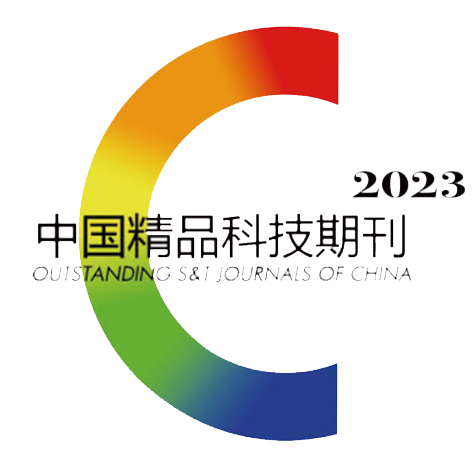| [1] |
|
| [2] |
Oliveira M D S, Feddern V, Kupski L, et al. Changes in lipid, fatty acids and phospholipids composition of whole rice bran after solid-state fungal fermentation[J]. Bioresource Technology,2011,102(17):8335−8338. doi: 10.1016/j.biortech.2011.06.025
|
| [3] |
Silva M A, Sanches C, Amante E R. Prevention of hydrolytic rancidity in rice bran[J]. Bioresource Technology,2006,75(4):487−491.
|
| [4] |
Arab F, Alemzadeh I, Maghsoudi V. Determination of antioxidant component and activity of rice bran extract[J]. Scientia Iranica,2011,18(6):1402−1406. doi: 10.1016/j.scient.2011.09.014
|
| [5] |
Jang H D, Yang S S. Polyunsaturated fatty acids production with a solid-state column reactor[J]. Bioresource Technology,2008,99(14):6181−6189. doi: 10.1016/j.biortech.2007.12.024
|
| [6] |
Silveira C M, Badiale-Furlong E. Characterization of nitrogenated compounds in solid state fermented bran[J]. Ciênc Tecnol Alim,2007,27(4):805−811. doi: 10.1590/S0101-20612007000400021
|
| [7] |
|
| [8] |
|
| [9] |
商健. 食用酵素产品pH的测定[J]. 中小企业管理与科技(上旬刊),2017(2):190−191.
|
| [10] |
|
| [11] |
贾贞. 酿酒酵母发酵法制备还原型谷胱甘肽的初步研究[D]. 沈阳: 沈阳药科大学, 2009.
|
| [12] |
|
| [13] |
GB 4789.35-2016, 食品安全国家标准, 食品微生物学检验乳酸菌检验[S]. 北京: 中国标准出版社, 2016.
|
| [14] |
GB 4789.15-2016, 食品安全国家标准, 食品微生物学检验霉菌和酵母计数[S]. 北京: 中国标准出版社, 2016.
|
| [15] |
李志江, 关琛, 翟爱华, 等. 糙米酵素发酵工艺对γ-氨基丁酸和谷胱甘肽含量影响研究[J]. 农产品加工(学刊),2014(1):6−8, 11.
|
| [16] |
胡超, 左斌, 谢达平. 酵母产γ-氨基丁酸发酵条件的研究[J]. 现代生物医学进展,2011,11(5):861−863.
|
| [17] |
张旭普. 糙米酵素发酵工艺的初步研究[D]. 保定: 河北农业大学, 2018.
|
| [18] |
束文举, 何林霞, 蒋双双, 等. 甜油滋味物质及滋味特征研究[J]. 食品工业科技,2015,36(11):54−58.
|
| [19] |
金增辉. 生化法加工纯天然速食糙米粉[J]. 粮食与油脂,1995,8(2):1−7.
|
| [20] |
|
| [21] |
郝天舒, 王长远. 微波处理对米糠蛋白结构及功能性的影响[J]. 天然产物研究与开发,2015,27(5):774−779, 784.
|
| [22] |
|





 本站查看
本站查看




 DownLoad:
DownLoad: